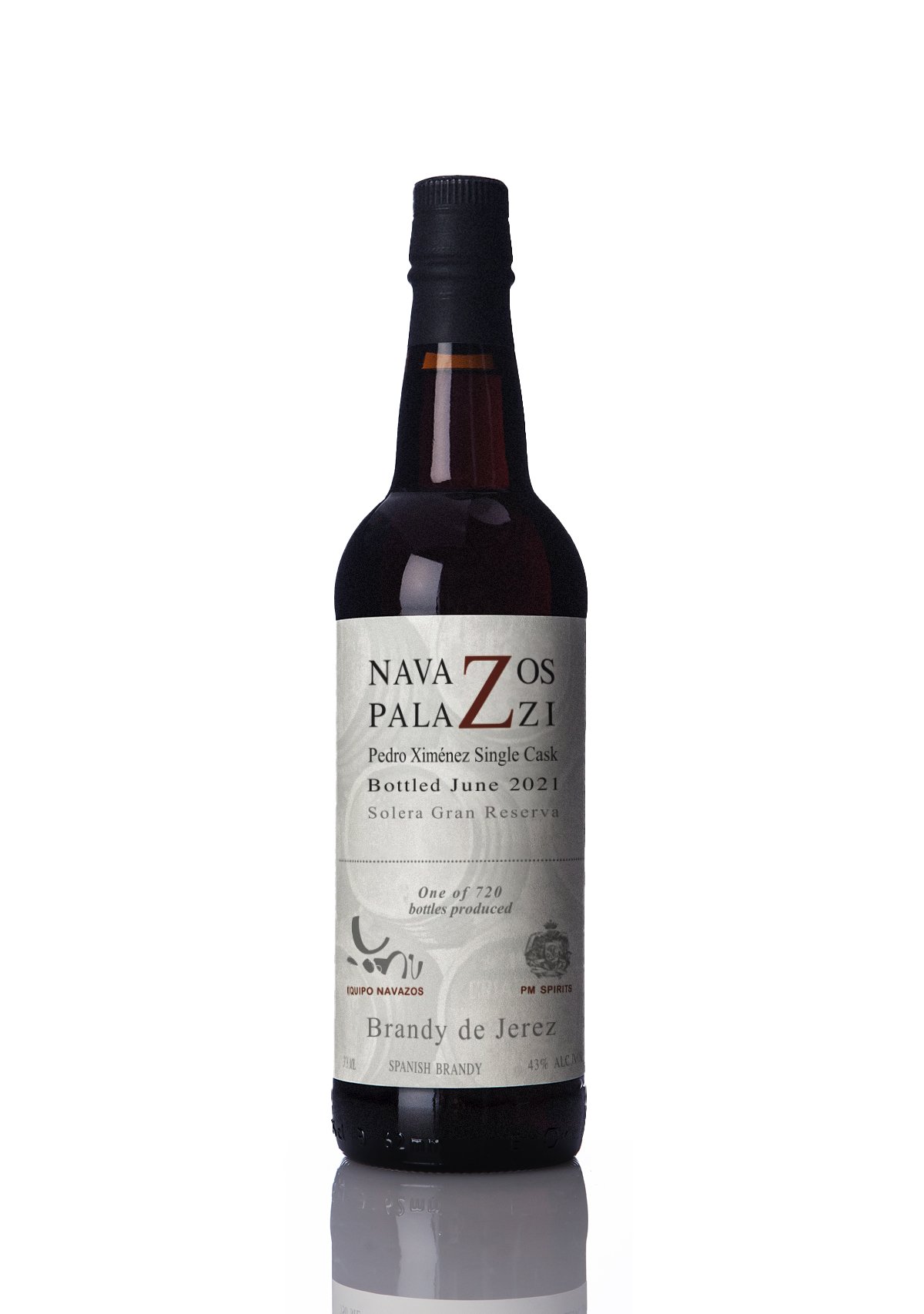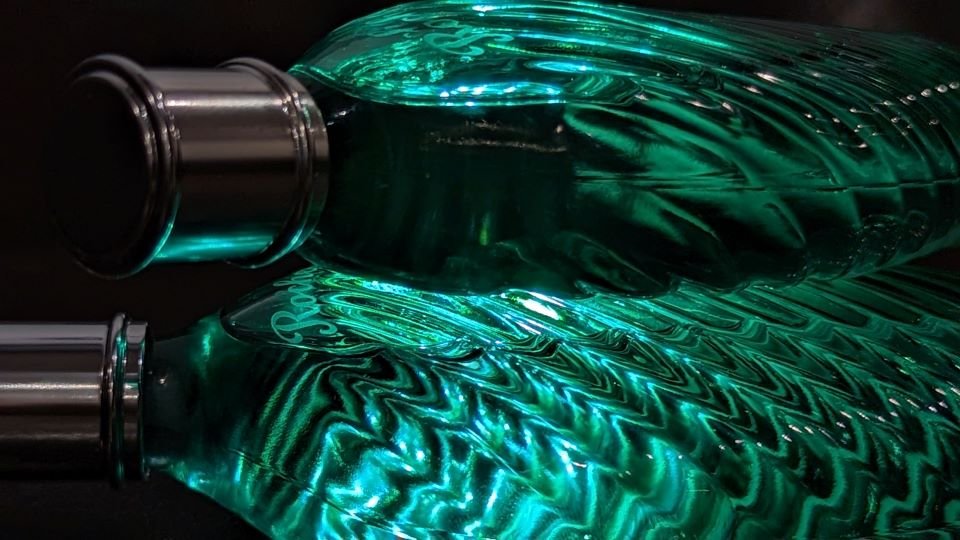There’s a popular vision of Cognac that’s all blinged out and dripping: crystal decanters, tasting rooms that look like jewelry stores and five-figure bottlings. This image is dominated by a handful of huge brands everyone recognizes: Hennessy, Martell, Rémy Martin and Courvoisier—the so-called Big Four, which sell nearly 90% of the Cognac consumed worldwide, according to the International Wines and Spirits Record. But there is another side of Cognac, too. One that’s based more on the gritty agricultural reality of the region.
I saw it on a cold, gray day last winter at an unassuming farm in the small village of Verrières. This was probably the last place I’d expect to find pricey Cognac, but I was on a barrel hunt with Guilhem Grosperrin, among the new wave of négociants whose limited-edition releases are quickly becoming the most coveted bottles in Cognac. We visited one of the 150 small producers in his network, where Grosperrin crawls around old cellars looking for rare brandies.
When we arrived at the farm, four barking dogs rushed out to us, followed by a ruddy-faced septuagenarian who was still dressed from his boar hunt earlier in the day. Cognac is a secretive, rivalrous place and I was introduced to the man in hunting attire as only Marcel, no last name. Marcel eyed me suspiciously, then asked, “Well, does he like to drink?” Grosperrin chuckled and told Marcel that, yes, I liked to drink very much. With the ice broken, we stepped into his dark, dusty cellar to taste from his barrels, which had been aging since as early as the 1980s. “Sorry it’s dirty in here. I haven’t distilled since 2012,” Marcel said.
The nonstop luxury messaging from the Big Four makes people forget Cognac’s origin as wine. We sipped liquid from Marcel’s barrels that had begun as grapes in the family’s 10-hectare vineyard, which he picked, pressed, fermented and distilled. It’s a similar story for the roughly 4,300 winegrowers in Cognac, most of whom grow less than 20 hectares specifically for Cognac production. During his career, Marcel sold most of his stock to one Big Four house or another. But he always saved a few special barrels for himself. “What they keep is for pleasure, or patrimony, or as souvenirs, or for reasons that are not necessarily logical,” Grosperrin told me.
By age eight, Marcel was able to light the still, which he did in the morning while his father tended to the cows. Marcel remembers a wealthy neighbor who’d been a prisoner of war in Germany during World War II. That man wrote to his family from prison: “Cut down all the trees if you have to, but don’t stop distilling. Distill, distill, distill.” After the war, this guy’s cellar was full, and he became rich. Meanwhile, Marcel’s family had to rebuild its stocks. “The value of money is just in your head,” he said. “But the value of Cognac is solid, and you don’t lose it.”
To whiskey drinkers, single-cask offerings may seem like old hat. But it’s a relatively new phenomenon in brandy. Cognac is actually following a model that’s already been successful for Armagnac. Single-barrel Armagnac from négociants like L’Encantada are catching the fancy of American whiskey connoisseurs tired of paying whiskey prices. The problem in Armagnac is that the existing stock of barrels is small and shrinking.
That offers an opportunity for Cognac, where there is seemingly endless stock. Though, as Grosperrin points out, “It’s much more complicated to buy a cask here than in Armagnac. In Cognac, the producers are richer, and they don’t need small independent bottlers. They have contracts with the big houses.”
It’s still the early stages for the single-barrel Cognac revolution, and we’re just beginning to see these bottles in the U.S. La Maison du Whiskey’s “Through the Grapevine” series was one of the first to appear. PM Spirits has done several limited-edition bottlings, and this year has released rare single-cask offerings from renowned producers Frapin and Remi Landier. Last spring, Grosperrin released bottlings in the U.S. for the first time in several years. Importer Heavenly Spirits has released two single-barrel bottlings from the famed estate Jean Fillioux. Vallein-Tercinier and Jean-Luc Pasquet have plans to bring more of their single-cask offerings into the States.
To be clear, at the moment, single-barrel Cognac is still the domain of aficionados, with prices running more than $200 per bottle. But they’re still a fraction of something like Rémy Martin Louis XIII or Hennessy Paradis Imperial (both more than $3,000). Much of the price of those blingy brand names is wrapped up in specially designed decanters. The new wave of single-barrel offerings is something rarer and scarcer. “This is for people who want the unexpected. It’s a different philosophy. It’s outside of the current market,” said Vingtier.
https://www.wineenthusiast.com/culture/cognac-barrel-hunting/
















































